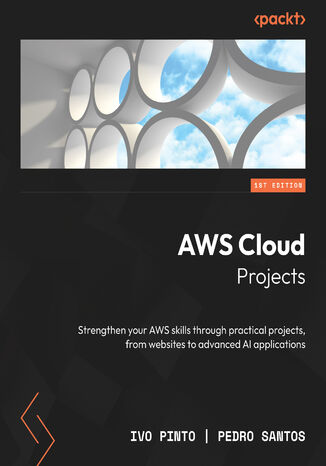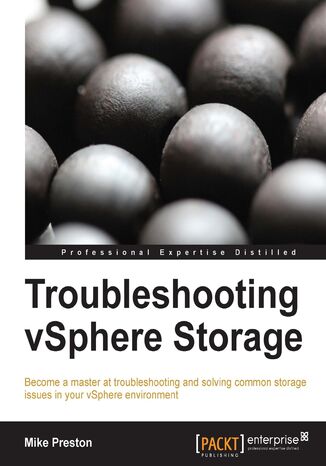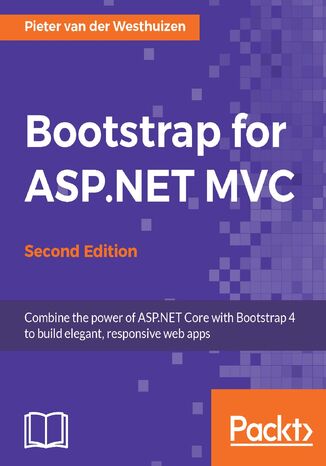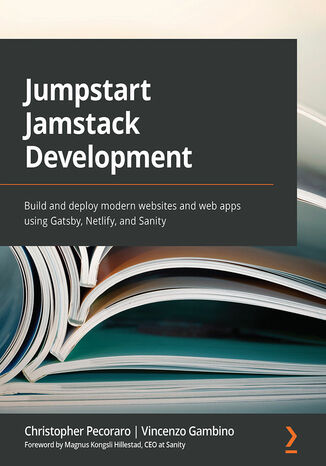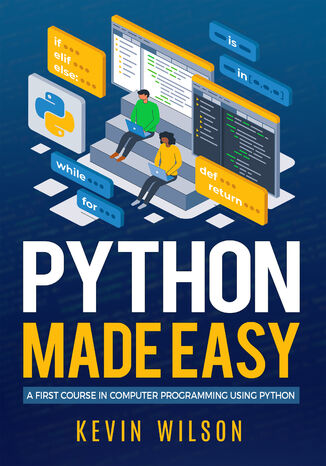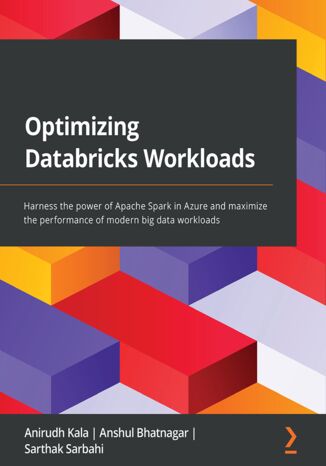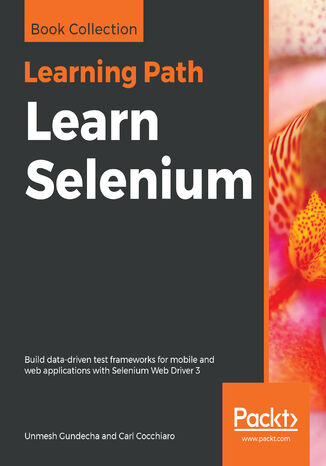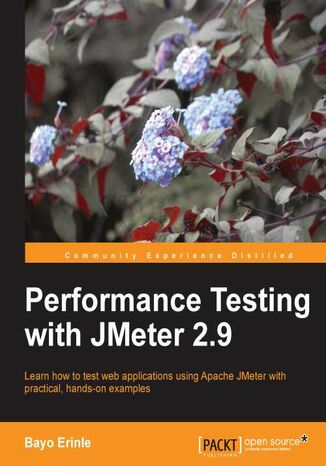Categories
Ebooks
-
Business and economy
- Bitcoin
- Businesswoman
- Coaching
- Controlling
- E-business
- Economy
- Finances
- Stocks and investments
- Personal competence
- Computer in the office
- Communication and negotiation
- Small company
- Marketing
- Motivation
- Multimedia trainings
- Real estate
- Persuasion and NLP
- Taxes
- Social policy
- Guides
- Presentations
- Leadership
- Public Relation
- Reports, analyses
- Secret
- Social Media
- Sales
- Start-up
- Your career
- Management
- Project management
- Human Resources
-
For children
-
For youth
-
Education
-
Encyclopedias, dictionaries
-
E-press
- Architektura i wnętrza
- Health and Safety
- Biznes i Ekonomia
- Home and garden
- E-business
- Ekonomia i finanse
- Esoterecism
- Finances
- Personal finance
- Business
- Photography
- Computer science
- HR & Payroll
- For women
- Computers, Excel
- Accounts
- Culture and literature
- Scientific and academic
- Environmental protection
- Opinion-forming
- Education
- Taxes
- Travelling
- Psychology
- Religion
- Agriculture
- Book and press market
- Transport and Spedition
- Healthand beauty
-
History
-
Computer science
- Office applications
- Data bases
- Bioinformatics
- IT business
- CAD/CAM
- Digital Lifestyle
- DTP
- Electronics
- Digital photography
- Computer graphics
- Games
- Hacking
- Hardware
- IT w ekonomii
- Scientific software package
- School textbooks
- Computer basics
- Programming
- Mobile programming
- Internet servers
- Computer networks
- Start-up
- Operational systems
- Artificial intelligence
- Technology for children
- Webmastering
-
Other
-
Foreign languages
-
Culture and art
-
School reading books
-
Literature
- Antology
- Ballade
- Biographies and autobiographies
- For adults
- Dramas
- Diaries, memoirs, letters
- Epic, epopee
- Essay
- Fantasy and science fiction
- Feuilletons
- Work of fiction
- Humour and satire
- Other
- Classical
- Crime fiction
- Non-fiction
- Fiction
- Mity i legendy
- Nobelists
- Novellas
- Moral
- Okultyzm i magia
- Short stories
- Memoirs
- Travelling
- Narrative poetry
- Poetry
- Politics
- Popular science
- Novel
- Historical novel
- Prose
- Adventure
- Journalism, publicism
- Reportage novels
- Romans i literatura obyczajowa
- Sensational
- Thriller, Horror
- Interviews and memoirs
-
Natural sciences
-
Social sciences
-
School textbooks
-
Popular science and academic
- Archeology
- Bibliotekoznawstwo
- Cinema studies
- Philology
- Polish philology
- Philosophy
- Finanse i bankowość
- Geography
- Economy
- Trade. World economy
- History and archeology
- History of art and architecture
- Cultural studies
- Linguistics
- Literary studies
- Logistics
- Maths
- Medicine
- Humanities
- Pedagogy
- Educational aids
- Popular science
- Other
- Psychology
- Sociology
- Theatre studies
- Theology
- Economic theories and teachings
- Transport i spedycja
- Physical education
- Zarządzanie i marketing
-
Guides
-
Game guides
-
Professional and specialist guides
-
Law
- Health and Safety
- History
- Road Code. Driving license
- Law studies
- Healthcare
- General. Compendium of knowledge
- Academic textbooks
- Other
- Construction and local law
- Civil law
- Financial law
- Economic law
- Economic and trade law
- Criminal law
- Criminal law. Criminal offenses. Criminology
- International law
- International law
- Health care law
- Educational law
- Tax law
- Labor and social security law
- Public, constitutional and administrative law
- Family and Guardianship Code
- agricultural law
- Social law, labour law
- European Union law
- Industry
- Agricultural and environmental
- Dictionaries and encyclopedia
- Public procurement
- Management
-
Tourist guides and travel
- Africa
- Albums
- Southern America
- North and Central America
- Australia, New Zealand, Oceania
- Austria
- Asia
- Balkans
- Middle East
- Bulgary
- China
- Croatia
- The Czech Republic
- Denmark
- Egipt
- Estonia
- Europe
- France
- Mountains
- Greece
- Spain
- Holand
- Iceland
- Lithuania
- Latvia
- Mapy, Plany miast, Atlasy
- Mini travel guides
- Germany
- Norway
- Active travelling
- Poland
- Portugal
- Other
- Przewodniki po hotelach i restauracjach
- Russia
- Romania
- Slovakia
- Slovenia
- Switzerland
- Sweden
- World
- Turkey
- Ukraine
- Hungary
- Great Britain
- Italy
-
Psychology
- Philosophy of life
- Kompetencje psychospołeczne
- Interpersonal communication
- Mindfulness
- General
- Persuasion and NLP
- Academic psychology
- Psychology of soul and mind
- Work psychology
- Relacje i związki
- Parenting and children psychology
- Problem solving
- Intellectual growth
- Secret
- Sexapeal
- Seduction
- Appearance and image
- Philosophy of life
-
Religion
-
Sport, fitness, diets
-
Technology and mechanics
Audiobooks
-
Business and economy
- Bitcoin
- Businesswoman
- Coaching
- Controlling
- E-business
- Economy
- Finances
- Stocks and investments
- Personal competence
- Communication and negotiation
- Small company
- Marketing
- Motivation
- Real estate
- Persuasion and NLP
- Taxes
- Social policy
- Guides
- Presentations
- Leadership
- Public Relation
- Secret
- Social Media
- Sales
- Start-up
- Your career
- Management
- Project management
- Human Resources
-
For children
-
For youth
-
Education
-
Encyclopedias, dictionaries
-
E-press
-
History
-
Computer science
-
Other
-
Foreign languages
-
Culture and art
-
School reading books
-
Literature
- Antology
- Ballade
- Biographies and autobiographies
- For adults
- Dramas
- Diaries, memoirs, letters
- Epic, epopee
- Essay
- Fantasy and science fiction
- Feuilletons
- Work of fiction
- Humour and satire
- Other
- Classical
- Crime fiction
- Non-fiction
- Fiction
- Mity i legendy
- Nobelists
- Novellas
- Moral
- Okultyzm i magia
- Short stories
- Memoirs
- Travelling
- Poetry
- Politics
- Popular science
- Novel
- Historical novel
- Prose
- Adventure
- Journalism, publicism
- Reportage novels
- Romans i literatura obyczajowa
- Sensational
- Thriller, Horror
- Interviews and memoirs
-
Natural sciences
-
Social sciences
-
Popular science and academic
-
Guides
-
Professional and specialist guides
-
Law
-
Tourist guides and travel
-
Psychology
- Philosophy of life
- Interpersonal communication
- Mindfulness
- General
- Persuasion and NLP
- Academic psychology
- Psychology of soul and mind
- Work psychology
- Relacje i związki
- Parenting and children psychology
- Problem solving
- Intellectual growth
- Secret
- Sexapeal
- Seduction
- Appearance and image
- Philosophy of life
-
Religion
-
Sport, fitness, diets
-
Technology and mechanics
Videocourses
-
Data bases
-
Big Data
-
Biznes, ekonomia i marketing
-
Cybersecurity
-
Data Science
-
DevOps
-
For children
-
Electronics
-
Graphics/Video/CAX
-
Games
-
Microsoft Office
-
Development tools
-
Programming
-
Personal growth
-
Computer networks
-
Operational systems
-
Software testing
-
Mobile devices
-
UX/UI
-
Web development
-
Management
Podcasts
Tired of resumes getting lost in the pile? This book is your roadmap to building an in-demand AWS portfolio that grabs attention and gets you hired.This comprehensive guide unlocks AWS’s full potential through eight real-world projects designed for developers of all levels. Inside, you'll find invaluable guidance for crafting stunning websites with S3, CloudFront, and Route53. You’ll build robust and scalable applications, such as recipe-sharing platforms, using DynamoDB and Elastic Load Balancing. For streamlined efficiency, the book will teach you how to develop serverless architectures with AWS Lambda and Cognito. Gradually, you’ll infuse your projects with artificial intelligence by creating a photo analyzer powered by Amazon Rekognition. You’ll also automate complex workflows for seamless content translation using Translate, CodePipeline, and CodeBuild. Later, you’ll construct intelligent virtual assistants with Amazon Lex and Bedrock to answer web development queries. The book will also show you how to visualize your data with insightful dashboards built using Athena, Glue, and QuickSight.By the end of this book, you’ll have a portfolio of AWS projects to showcase your cloud skills, making you stand out in today’s competitive job market.
Virtualization has created a new role within IT departments everywhere; the vSphere administrator. vSphere administrators have long been managing more than just the hypervisor, they have quickly had to adapt to become a ‘jack of all trades' in organizations. More and more tier 1 workloads are being virtualized, making the infrastructure underneath them all that more important. Due to this, along with the holistic nature of vSphere, administrators are forced to have the know-how on what to do when problems occur.This practical, easy-to-understand guide will give the vSphere administrator the knowledge and skill set they need in order to identify, troubleshoot, and solve issues that relate to storage visibility, storage performance, and storage capacity in a vSphere environment.This book will first give you the fundamental background knowledge of storage and virtualization. From there, you will explore the tools and techniques that you can use to troubleshoot common storage issues in today's data centers.You will learn the steps to take when storage seems slow, or there is limited availability of storage. The book will go over the most common storage transport such as Fibre Channel, iSCSI, and NFS, and explain what to do when you can't see your storage, where to look when your storage is experiencing performance issues, and how to react when you reach capacity. You will also learn about the tools that ESXi contains to help you with this, and how to identify key issues within the many vSphere logfiles.
Bootstrap for ASP.NET MVC. Click here to enter text. - Second Edition
One of the leading open source frontend frameworks, Bootstrap has undergone a significant change and introduced several features that make designing compelling, next-generation UIs much simpler. Integrating Bootstrap with ASP.NET's powerful components can further enhance its capabilities.This book guides you through the process of creating an ASP.NET MVC website from scratch using Bootstrap. After a primer on the fundamentals of Bootstrap, you will learn your way around and create a new ASP.NET MVC project in Visual Studio. You will move on to learn about the various Bootstrap components as well as techniques to include them in your own projects. The book includes practical examples to show you how to use open-source plugins with Bootstrap and ASP.NET MVC and guides you through building an ASP.NET MVC website using Bootstrap, utilizing layout and user-interface components. At the end of this book, you will find some valuable tips and tricks to help you get the most out of your Bootstrap-integrated and ASP.NET MVC-integrated website.
Christopher Pecoraro, Vincenzo Gambino, Magnus Kongsli Hillestad
Jamstack (JavaScript, API, and Markup) enables web developers to create and publish modern and maintainable websites and web apps focused on speed, security, and accessibility by using tools such as Gatsby, Sanity, and Netlify. Developers working with Jamstack will be able to put their knowledge to good use with this practical guide to static site generation and content management. This Jamstack book takes a hands-on approach to implementation and related methodologies that will have you up and running with modern web development in no time.Complete with step-by-step explanations of essential concepts, practical examples, and self-assessment questions, you'll begin by building an event and venue schema structure, and then expand the functionality, exploring all that the Jamstack has to offer. You’ll learn how an example Jamstack is built, build structured content using Sanity to create a schema, use GraphQL to expose the content, and employ Gatsby to build an event website using page and template components and Tailwind CSS Framework. Lastly, you’ll deploy the website to both, a Netlify server and the Microsoft Static Web Apps Service, and interact with it using Amazon Alexa.By the end of this book, you'll have gained the knowledge and skills you need to install, configure, build, extend, and deploy a simple events website using Jamstack.
Python Made Easy. A First Course in Computer Programming Using Python
Python Made Easy is designed to transform beginners into proficient Python programmers. The journey begins with an introduction to Python, covering basic concepts and syntax that lay the foundation for your coding skills. As you progress, you'll dive into essential programming constructs like data structures, functions, and file handling.In the second phase of the course, you'll explore more complex topics such as object-oriented programming, modules, and libraries. These sections will give you the tools to write efficient, reusable, and modular code. You'll also learn how to handle exceptions, ensuring your programs are robust and error-resistant. Special attention is given to graphical user interfaces (GUIs) and game development, making your Python skills applicable to a wide range of projects.The final part of the course covers advanced topics like debugging, testing, and deploying Python applications. You'll also delve into web development, where you'll learn to build and deploy web applications using Python. The course concludes with valuable video resources to reinforce your learning and provide additional insights. By the end of this course, you'll have a solid understanding of Python and be ready to tackle real-world programming challenges.
Anirudh Kala, Anshul Bhatnagar, Sarthak Sarbahi
Databricks is an industry-leading, cloud-based platform for data analytics, data science, and data engineering supporting thousands of organizations across the world in their data journey. It is a fast, easy, and collaborative Apache Spark-based big data analytics platform for data science and data engineering in the cloud.In Optimizing Databricks Workloads, you will get started with a brief introduction to Azure Databricks and quickly begin to understand the important optimization techniques. The book covers how to select the optimal Spark cluster configuration for running big data processing and workloads in Databricks, some very useful optimization techniques for Spark DataFrames, best practices for optimizing Delta Lake, and techniques to optimize Spark jobs through Spark core. It contains an opportunity to learn about some of the real-world scenarios where optimizing workloads in Databricks has helped organizations increase performance and save costs across various domains.By the end of this book, you will be prepared with the necessary toolkit to speed up your Spark jobs and process your data more efficiently.
UNMESH GUNDECHA, Carl Cocchiaro
Selenium WebDriver 3.x is an open source API for testing both browser and mobile applications. With the help of this book, you can build a solid foundation and learn to easily perform end-to-end testing on web and mobile browsers. You'll begin by focusing on the Selenium Page Object Model for software development. You'll architect your own framework with a scalable driver class, Java utility classes, and support for third-party tools and plugins. Next, you'll design and build a Selenium Grid from scratch to enable the framework to scale and support different browsers, mobile devices, and platforms. You'll also strategize and handle a rich web UI using the advanced WebDriver API, and learn techniques to tackle real-time challenges in WebDriver. Later chapters will guide you through performing different types of testing, such as cross-browser testing, load testing, and mobile testing. Finally, you will be introduced to data-driven testing, using TestNG to create your own automation framework. By the end of this Learning Path, you'll be able to design your own automation testing framework and perform data-driven testing with Selenium WebDriver.This Learning Path includes content from the following Packt books: • Selenium WebDriver 3 Practical Guide - Second Edition by Unmesh Gundecha• Selenium Framework Design in Data-Driven Testing by Carl Cocchiaro
Performance testing with JMeter 2.9 is critical to the success of any software product launch and continued scalability. Irrespective of the size of the application's user base, it's vital to deliver the best user experience to consumers. Apache JMeter is an excellent testing tool that provides an insight into how applications might behave under load enabling organizations to focus on making adequate preparations.Performance Testing with JMeter 2.9 is a practical, hands-on guide that equips you with all the essential skills needed to effectively use JMeter to test web applications using a number of clear and practical step-by-step guides. It allows you take full advantage of the real power behind Apache JMeter, quickly taking you from novice to master.Performance Testing with JMeter 2.9 begins with the fundamentals of performance testing and gets you acquainted with JMeter. It will guide you through recording realistic and maintainable scripts.You will acquire new skills working with tools such as Vagrant, Puppet, and AWS, allowing you to leverage the cloud to aid in distributed testing. You will learn how to do some BeanShell scripting and take advantage of regular expressions, JMeter properties, and extension points to build comprehensive and robust test suites. Also, you will learn how to test RESTful web services, deal with XML, JSON, file downloads/uploads, and much more. Topics like resource monitoring, distributed testing, managing sessions, and extending JMeter are also covered.Performance Testing with JMeter 2.9 will teach you all you need to know to take full advantage of JMeter for testing web applications, dazzle your co-workers, and impress your boss! You will go from novice to pro in no time.

